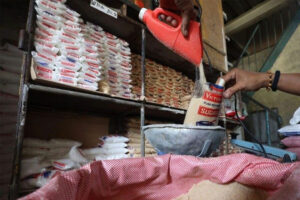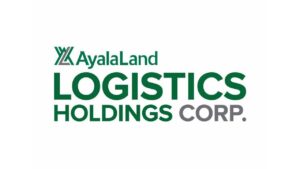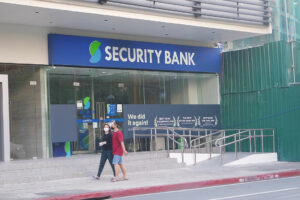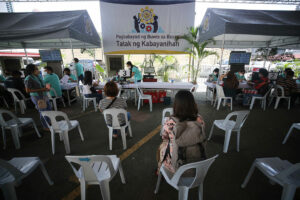‘No formula’ to trigger sugar reserve releases, but consumption data key

By Sheldeen Joy Talavera
THE release of reserve sugar from the buffer stock will come after a determination by the Sugar Regulatory Administration (SRA), which is empowered by law to make such a decision, a government researcher said.
“There’s no formula as such (to release sugar from the reserves), although some calculation and estimates might be used as a basis… More of a judgment call,” Roehl M. Briones, senior research fellow at the Philippine Institute for Development Studies (PIDS), told BusinessWorld by phone.
“The charter of the SRA empowers it. So, by law, the SRA is the authority to decide on importing, marketing, and distribution of sugar. That is how broad its regulatory powers are,” he said.
In January, President Ferdinand R. Marcos, Jr., who also serves as the Secretary of Agriculture, ordered the creation of a two-month buffer stock of sugar to deter speculators, who have been blamed for volatile sugar prices.
“If we see the need to release, we will source (sugar) from the buffer,” Pablo Luis S. Azcona, SRA board member and planter’s representative, told BusinessWorld.
“I hope we will not be using the buffer until almost milling season next year,” he added.
Under Sugar Order No. 6, 440,000 metric tons (MT) of refined sugar are authorized for import — of which 200,000 MT will be released to the market and 240,000 kept in reserve.
According to Mr. Azcona, about 17,000 MT of the sweetener have been landed so far. The SRA plans to bring the retail price of refined sugar to P80-P85 upon release of the shipments.
Asked what data the SRA will study before it decides on releasing sugar, Mr. Azcona said: “We actually assume a monthly consumption of anywhere from 120,000-180,000 MT, so once we see (diverge over a two-month period), that’s where the buffer will enter,” he said.
The exact mechanism would involve a reclassification of “C” (reserve) sugar to “B” (domestic market). The power to reclassify lies with the Sugar Board, whose members include the SRA administrator, the millers’ representative, and the planters’ representative. It is headed by the Agriculture Secretary and an Undersecretary.
He said the release order will come in the form of a board resolution spelling out the volume and date of release.
Mr. Briones said that the SRA may request a study or analysis of supply and demand conditions but the board retains the discretion to authorize imports.
The intent is to refresh the buffer stock with domestic sugar as it depletes, he said.
“We will try to always maintain a balance between the retail price and the farmgate price. So, our farmers are happy, and the consumers are also happy,” Mr. Azcona said.
Leonardo A. Lanzona, Jr., an economics professor at the Ateneo De Manila University, said that the SRA has no fixed regulations in deciding how much sugar to import.
He said one of the issues is that certain types of users have different needs in terms of the volume they need to import.
An industrial user that uses standard refined sugar, he said, can import 5,000 MT while those using bottler’s grade sugar can import up to 10,000 MT.
“Allowing one sector to import more creates a barrier to entry for other new sugar users within the same sector,” he told BusinessWorld via e-mail.
Mr. Lanzona said these rules tend to favor the well-connected, keeping the industry from “achieving its full potential.”
“It is best to disband the SRA, and simply let the private sector compete with one another, allowing the market to determine how much to import,” he said.




